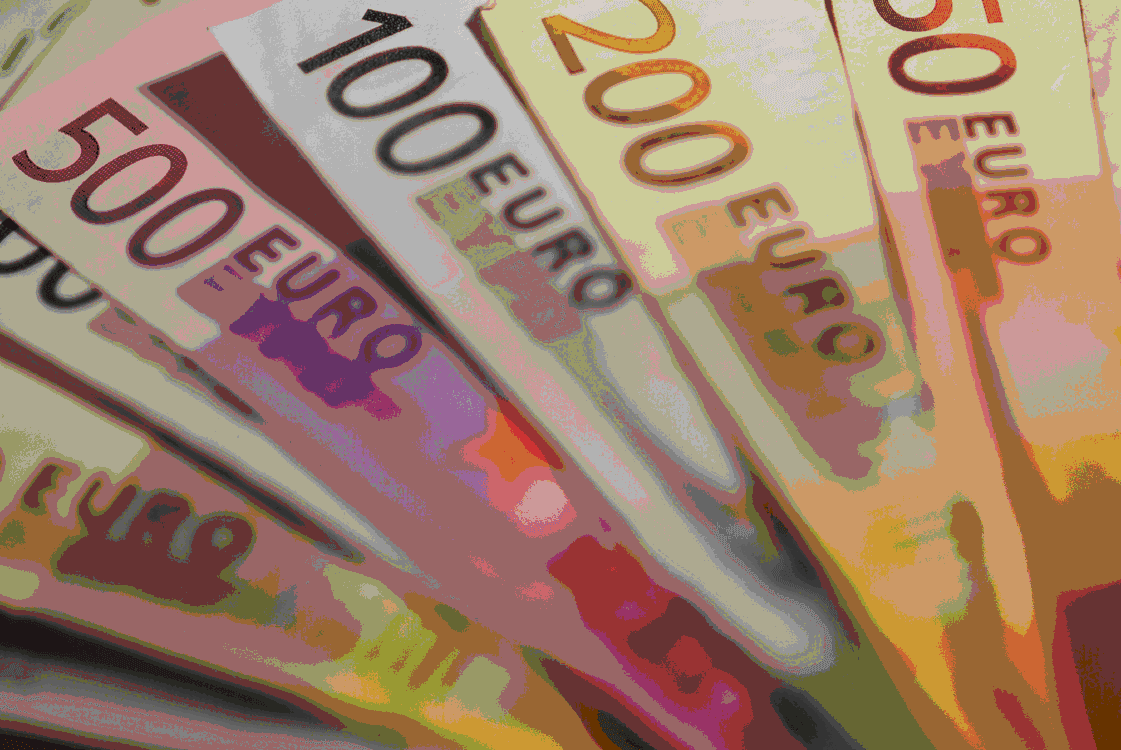For the last 3 years, the 17 countries in Europe who use the Euro have been battling a financial crisis. There have been signs in the market that show that the crisis has now climaxed; the worst may be over for Europe.
Here is some evidence taken from USA Today’s article “The worst of Europe’s Crisis May Be Over”
- falling borrowing costs – lower interest rates (Spain’s two year bonds: interest rate – 6.6% in July 24th down to 3% now)
- rising stock markets (The Stoxx 50 index of leading European shares has increased 26% since June 1st)
- steady but slow stabilization of regional banking systems
- Increase in foreign loans to Eurozone Banks
- European leaders taking steps to steady banks and governments – ease up austerity, use bailout funds to buy bonds
These are signs of reassurance that the Euro may in fact stay alive and functional. However, there is still the possibility of a breakup and there are many challenges ahead for Europe.
Greece. Spain. Banks. These are the 3 biggest challenges that lie ahead for Europe and its financial stability.
It is estimated that Greece still needs bailout funds of approximately 30 billion Euros because of its shrinking economy.
Spain’s prime minister is refusing to request unlimited amounts of governments bonds as aid from the ECB even as the country’s debt is piling higher and the economy is shrinking.
Banks are suffering from the losses on government bonds they bought and loans that aren’t being repaid. A banking supervisor for all of Europe could help partner crippled banks with healthier ones.
Economic growth is what Europe needs to pull itself out of crisis mode. This depends on what government do during the next year to cure its severe ailments.
